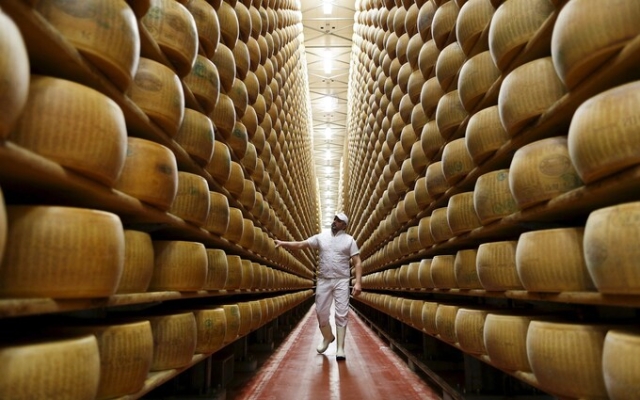 Tiny microchips are embedded in real parmesan skins. Photo: Alessandro Bianchi/Reuters
Tiny microchips are embedded in real parmesan skins. Photo: Alessandro Bianchi/Reuters
Italian parmesan producers are implanting microchips in their cheese to fight counterfeiters who make billions of euros on copycat versions.
Combining centuries of tradition with cutting-edge tracking technology, the consortium that runs the tight-knit world of Parmigiano Reggiano in northern Italy is inserting microtransponders no larger than a grain of salt into the dark yellow rind of hard cheese.
Tiny devices allow consumers to make sure the product what they consume, buying real parmigiano reggiano, known to most of the world as parmesan, and not one of the many fakes that flood the market.
The microchips are not harmful to humans, but are unlikely to be eaten anyway because they are embedded in the outer layer of giant cheese wheels, some of which cost up to €1,000 (£854).
Tiny when scanned the devices show a unique serial number that confirms the authenticity and origin of the cheese.
They are manufactured by the American firm p-Chip and have so far been inserted into over 100,000 Parmigiano wheels as part of a pilot project.
Parmigiano Reggiano trade £2.5bn
While the trade in authentic Parmesan is around €2.9bn (£2.5bn) a year, counterfeit Parmesan sales are around the corner and are valued at $2bn (£1.6bn).
The cheese is made to exacting standards — each wheel weighs around 40 kg (88 pounds) and must be aged for at least a year.
To be considered an authentic Parmigiano Reggiano, the cheese must be produced in a relatively small geographical area in northern Italy, including the provinces of Reggio Emilia and Parma, both parts of the rich and gastronomically rich region of Emilia-Romagna.
“We continue to fight with new methods,” Alberto Pecorari of the Parmigiano Reggiano Consortium told the Wall Street Journal. «We won't give up.»
Italy is very proud of its food and drink products, but their global popularity attracts an army of counterfeiters looking to cash in on the appeal and prestige of «Made in Italy» products. Italy».
According to the national agricultural association Coldiretti, sales of products claimed to be made in Italy but made in other countries have reached a staggering 120 billion euros a year. counterfeit Mortadella and cheap wine masquerading as premium vintage wines.
Biggest consumer in the US
The US is the biggest offender, with 40 billion euros worth of fake Italian or «Italian-sounding» food and drinks snapping up. consumers annually.
From parmigiano reggiano and grana padano to mozzarella and gorgonzola, about 90% of the cheese sold in the US that claims to be Italian is actually made in states like Wisconsin, New York and California, according to a Coldiretti report released in June. . .
In Brazil, there is a copy of Parmigiano Reggiano called Parmesao, and in neighboring Argentina, consumers buy a fake version called Regianito.
“Due to the continued rise in the number of Italian-sounding brands, more than two-thirds of the “Italian” food products in the world are now fakes,” said Coldiretti.
In 2020, Italian police detained a sophisticated criminal . a syndicate that produced thousands of bottles of fake wine and passed it off as one of the most famous Tuscan red wines in the country.
Two men, father and son from Milan, were accused of buying cheap wine from Sicily. , bottled it and passed it off as Bolgheri Sassicaia, which was named wine of the year in 2018 by the Wine Spectator.
Police said the men could produce 4,200 bottles a month, bringing in about 400,000 euros. They paid great attention to detail, reproducing a hologram on wine labels designed to prevent such counterfeiting. They even found the same type and weight of paper used for the actual labels, as well as identical corks. The criminal enterprise was international in nature — bottles came from Turkey, labels, corks and wooden boxes — from Bulgaria, and most of the buyers were Russians, South Koreans and Chinese.








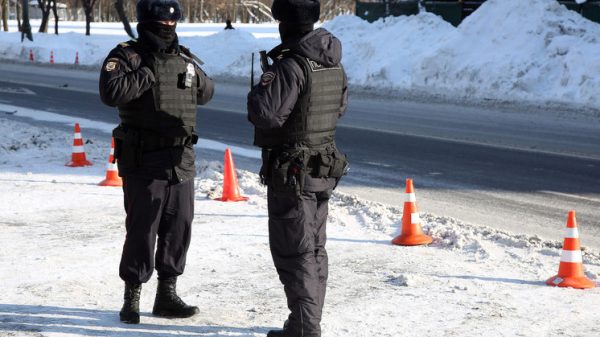

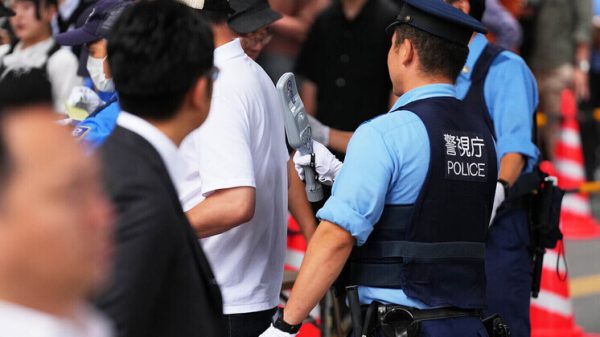








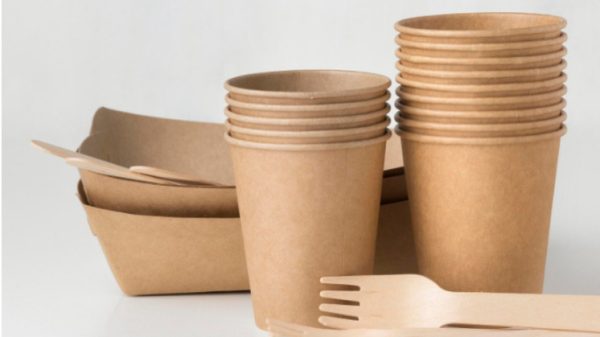



























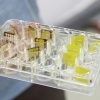


Свежие комментарии